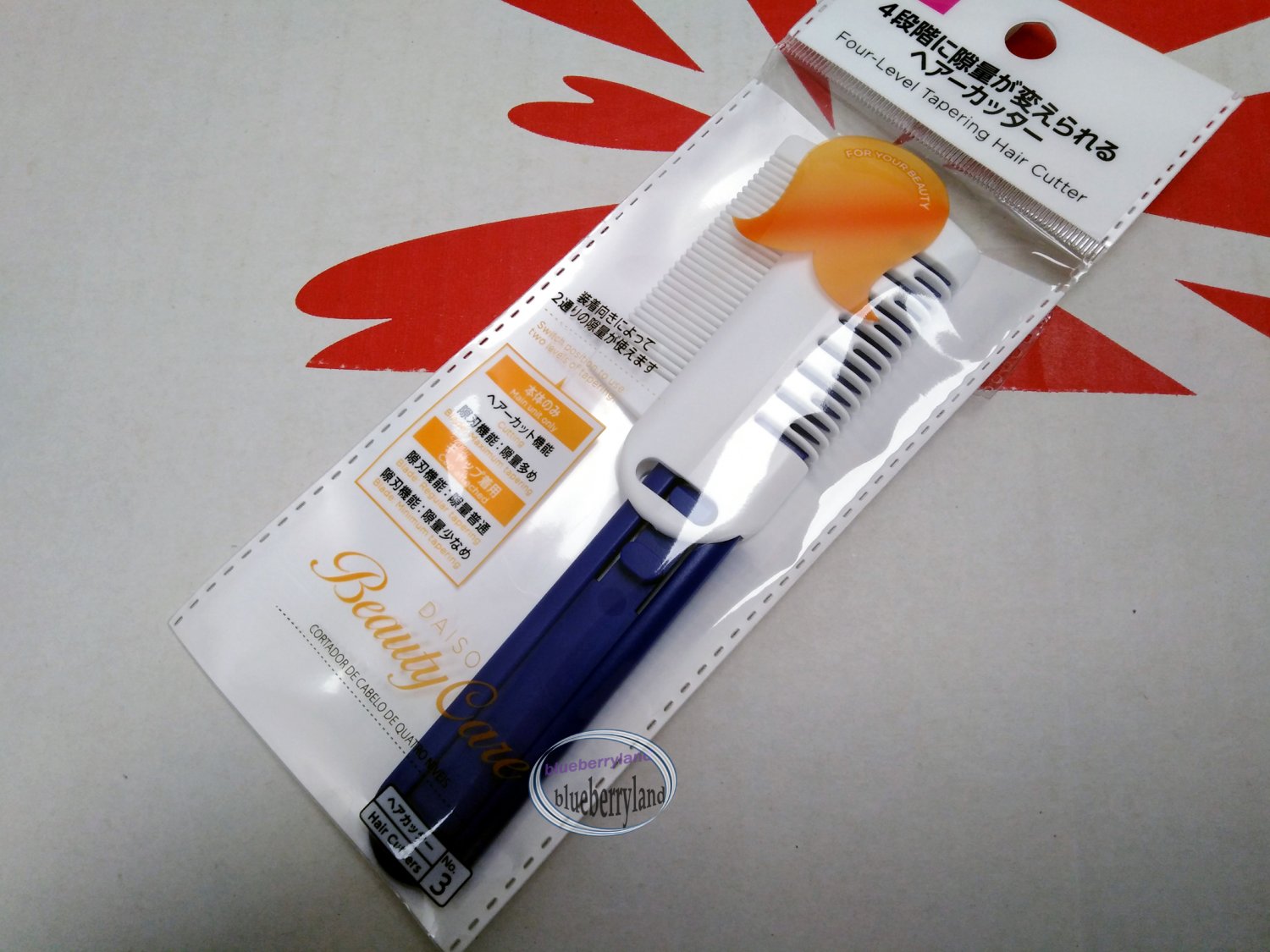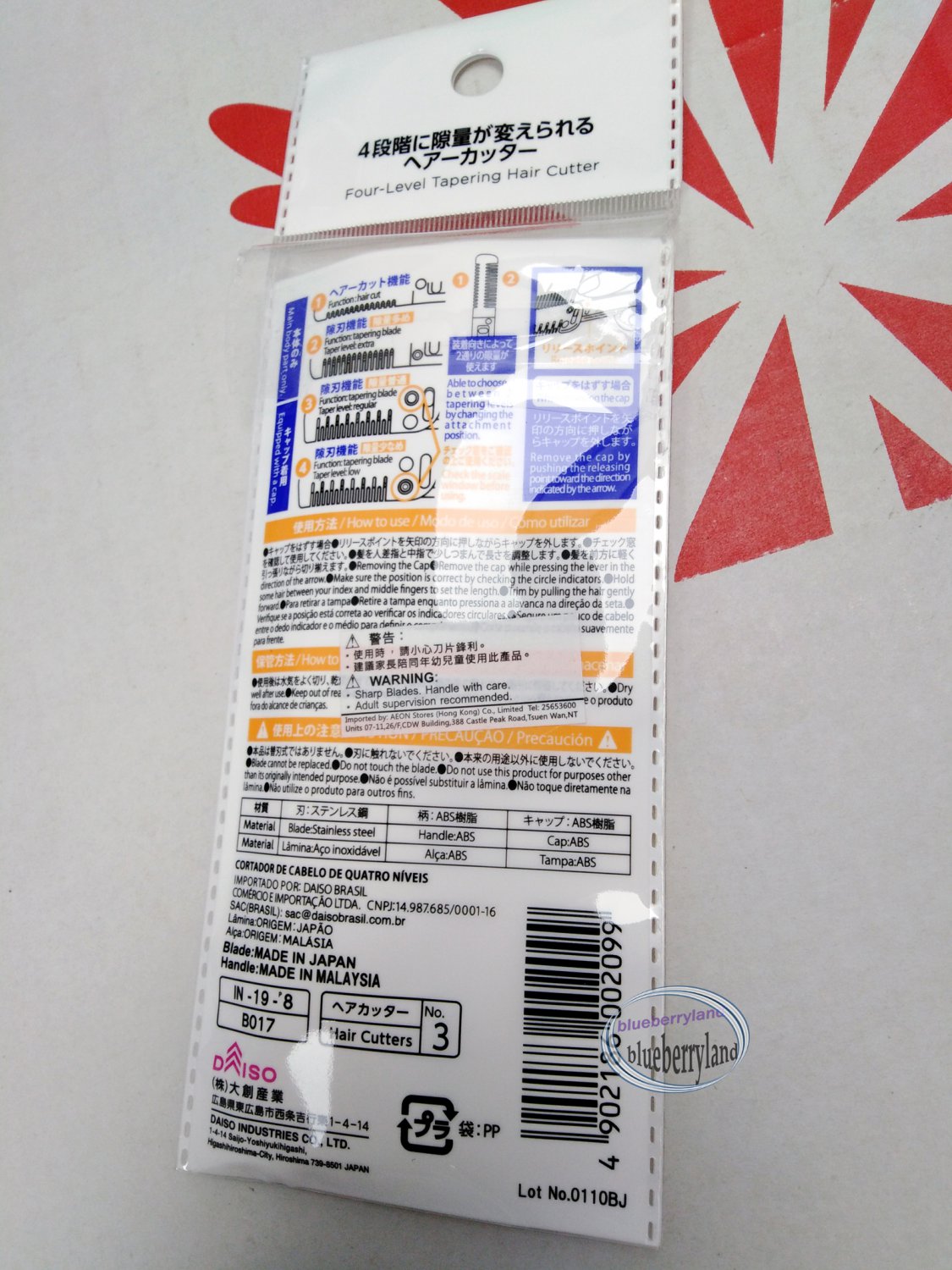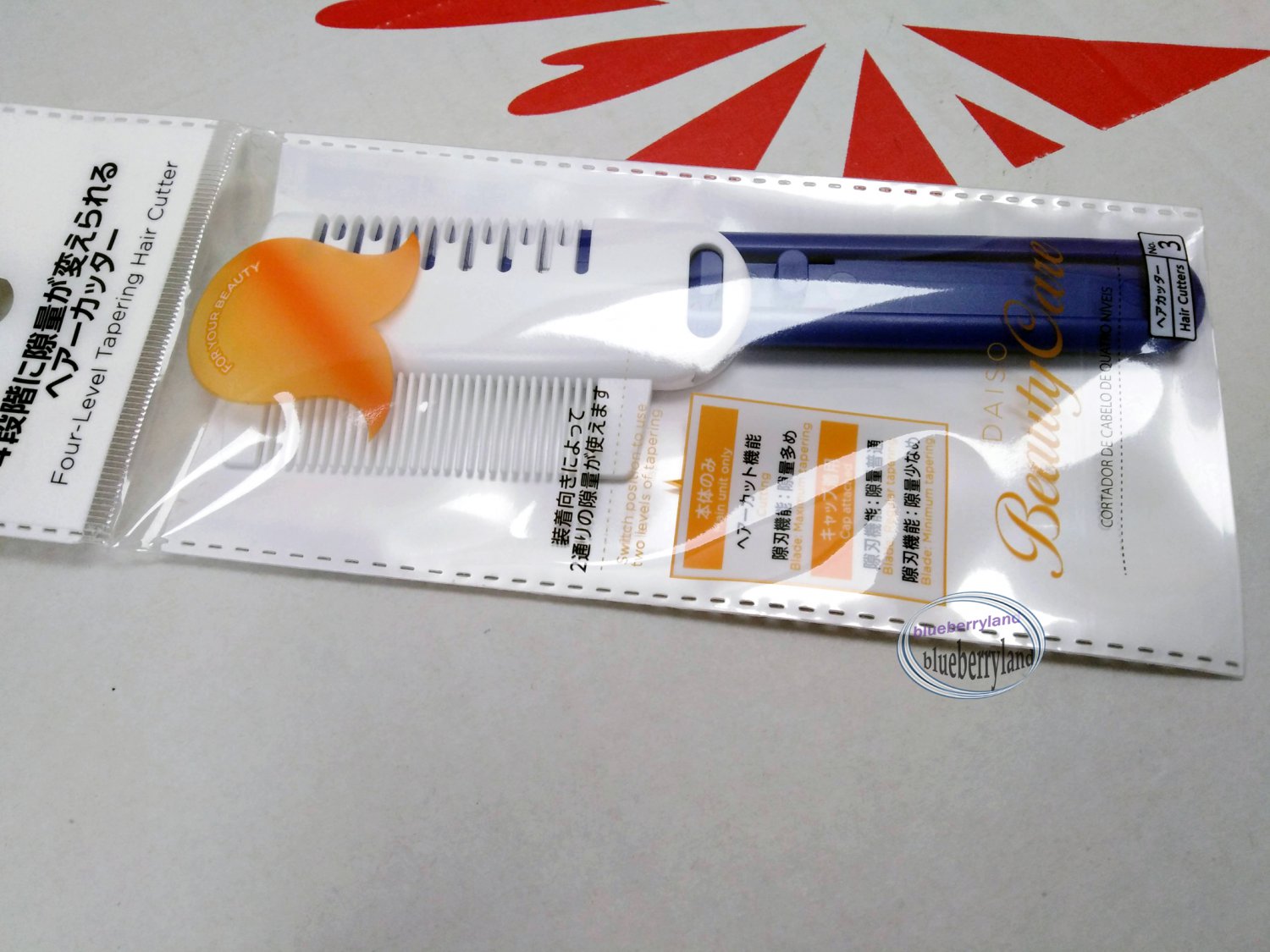Have you ever looked at a haircut and wondered how they got that smooth, seamless blend, you know, where the hair gradually changes length? It's a pretty common thought, actually. That subtle transition, where the hair goes from shorter near the skin to longer on top, is often the secret to a really sharp, polished style. It gives a clean edge without being too harsh, making a big difference in how a cut sits and looks overall.
This particular technique, tapering in hair cutting, is a fundamental skill for anyone doing hair, whether you're a professional stylist or someone just trying to get a neat look at home. It's about creating a flow, a gentle movement of length that frames the face and complements the head's shape. Getting it right can make a simple cut feel much more refined, and it works for so many different hair types and styles, too.
Understanding what tapering is, how it's done, and why it matters can really change your hair game. We'll explore the ins and outs, giving you the insights you need to talk to your stylist or even try your hand at it yourself. So, let's get into the details of this classic hair cutting approach, shall we?
Table of Contents
- What is Tapering in Hair Cutting?
- Why Tapering Matters for Your Hair
- Taper vs. Fade: Knowing the Difference
- Tools for the Perfect Taper
- How to Achieve a Taper: Step-by-Step
- Common Taper Styles and Who They Suit
- Maintaining Your Tapered Haircut
- Asking for a Taper: What to Tell Your Stylist
- Frequently Asked Questions About Tapering
What is Tapering in Hair Cutting?
Tapering in hair cutting means a gradual decrease in hair length. It's where the hair goes from longer at the top of the head or further away from the neck, to progressively shorter as it gets closer to the hairline, usually at the nape of the neck and around the ears. This creates a very smooth, clean look, you know, without any harsh lines or sudden changes in length.
It's a classic technique that has been around for ages, and for a good reason. The idea is to make the hair look natural and blended, almost like it just grew that way. For example, a man's haircut might be quite long on top, but then it tapers down to a very short length around his ears and neck. This gives a neat finish, which is pretty important for a polished appearance.
When you see a haircut that looks really neat and tidy at the edges, it's very likely that tapering was used. It's a subtle art, actually, that adds a lot of character and structure to a hairstyle. This technique is quite versatile, working for many different hair textures and styles, too.
Why Tapering Matters for Your Hair
A good taper can totally transform a haircut. It's not just about making the hair shorter; it's about creating a shape that complements the person's head and face. When the hair gradually gets shorter, it helps the cut flow better and look more intentional. This is pretty important for a well-put-together style.
For one thing, tapering adds a lot of neatness. It removes bulk from the sides and back, which can make the hair feel lighter and more manageable. This is particularly good for those with thicker hair, you know, who might otherwise feel weighed down. It gives a clean finish around the ears and neck, which stays looking good for a while.
Also, a well-executed taper can make a haircut last longer. Because the transition is so smooth, the hair grows out more gracefully, without those awkward, shaggy stages. This means fewer trips to the salon or barber, which is a nice benefit for anyone. It's a bit like a well-organized system; when things are set up correctly from the start, they tend to maintain themselves better over time, much like my own observations on how data structures can influence the longevity of a system, for instance, when you're looking at how to update information effectively or manage different elements within a community.
Taper vs. Fade: Knowing the Difference
People often mix up tapering and fading, and it's easy to see why. Both involve a gradual change in hair length, but there's a pretty key difference. A taper is generally a more subtle and longer transition. It usually starts at a longer length and gradually shortens, often leaving some hair at the very bottom of the hairline. It's a softer look, you know, a bit more classic.
A fade, on the other hand, is usually a much shorter and more dramatic transition. It often goes down to bare skin or very, very short hair at the bottom, creating a much sharper contrast. The blend happens much more quickly, and the shortest part is often bald or nearly bald. So, while both are about blending, a fade is a more aggressive and noticeable change in length, often higher up the head.
Think of it this way: a taper is like a gentle slope, while a fade is like a steep cliff. Both are valid choices, but they create very different vibes. Knowing the distinction helps you ask for exactly what you want when you visit your stylist. It's a bit like understanding the detailed specs of a new vehicle; both might be cars, but their features and performance can be quite different.
Tools for the Perfect Taper
Getting a good taper really depends on having the right tools. For professionals, clippers are usually the main instrument, but not just any clippers. You need ones with adjustable levers or different guard sizes to create that smooth transition. This allows for very precise control over the length, which is pretty important.
Shears, or scissors, are also a big part of tapering, especially for softer, longer tapers. Point cutting or scissor-over-comb techniques can help blend the hair seamlessly without creating harsh lines. Sometimes, thinning shears are used to remove bulk and further soften the blend, giving it a very natural look. It's all about having the right tool for the right job, you know.
For those trying this at home, a good quality set of clippers with various guard attachments is essential. You might also want a fine-tooth comb and a hand mirror to see the back of your head. Having these tools ready makes the process much smoother and helps you get a better result. It's like having all your data sources ready before you start manipulating information for a report; preparation really helps.
How to Achieve a Taper: Step-by-Step
Creating a taper involves a few key steps to ensure that smooth, natural progression of length. It might seem a bit tricky at first, but with practice, it becomes much easier. Here's a basic outline of how it's typically done, so you get the idea.
First, you start with the longest guard size you plan to use for the top part of the tapered area. You'll cut the hair with this guard, creating your initial guide. This is your starting point, essentially, the longest length in your taper. You want to make sure this first pass is even all around the head, especially around the ears and the nape of the neck. It's a bit like setting up your initial parameters when you're working with data; you need a solid base.
Next, you'll switch to a slightly shorter guard. You'll use this guard to cut the hair just below your first guide, moving upwards about half an inch to an inch. The key here is to use a scooping motion, lifting the clippers away from the head as you move up. This helps create that gentle blend, you know, avoiding a harsh line. You're basically creating a mini-ramp of hair.
You keep repeating this process, switching to progressively shorter guards and moving down the head. Each time, you're blending into the section above it, creating a seamless transition. The very shortest guard will be used right at the hairline, usually around the ears and the nape. This methodical approach, going step-by-step, is pretty important for a good outcome. It's a bit like looping through a process, adjusting slightly each time until you get the desired result, which I've found to be a solid approach in many areas, like when I'm trying to insert or update entries in a database.
Finally, once you've used all your guards, you can go back with a comb and your clippers, or even shears, to refine any areas that look uneven. This is where the artistry comes in, softening any lines that might still be there. A good taper really takes a careful eye and a steady hand, so take your time with it.
Common Taper Styles and Who They Suit
Tapering is super versatile, and it shows up in so many different hairstyles. It's not just for one kind of look; it can be adapted to fit various preferences and hair types. Knowing some common taper styles can help you figure out what might work best for you or someone you're cutting hair for.
One very popular style is the **classic taper**. This is a timeless look, usually seen on men, where the hair gradually shortens from the top down to the neck and ears. It’s neat, professional, and pretty low-maintenance, making it a good choice for almost anyone who wants a clean cut. It’s a very safe and reliable option, you know, one that nearly always looks good.
Then there's the **temple taper**, sometimes called a "temp fade," though it's still a taper. This style focuses the shortest part of the taper specifically around the temples and sideburns, blending up into the rest of the hair. It's a bit more modern and can add a lot of style without being too dramatic. This one is very popular for adding definition around the face.
For those with longer hair on top, a **tapered undercut** can be a great option. Here, the sides and back are tapered, but the top hair is left significantly longer and disconnected. This creates a bold contrast and allows for a lot of styling versatility on top. It’s a bit more edgy, arguably, but still keeps things clean around the bottom.
And it's not just for short hair! Longer styles can also benefit from a taper, especially around the neckline and sideburns, to keep things tidy. This is often called a **natural taper** or a **neck taper**. It just cleans up the edges without taking too much length from the main body of the hair. It's a subtle touch, but it really makes a difference in how polished a longer style looks.
Maintaining Your Tapered Haircut
Keeping a tapered haircut looking sharp means a little bit of upkeep. Because the hair is cut so precisely, any growth becomes noticeable pretty quickly, especially at the shortest points. Regular trims are really the key to maintaining that clean, blended look, you know.
For most people, getting a touch-up every two to four weeks is ideal for a taper. This keeps the lines crisp and the blend smooth. If you let it grow out too long, you might lose the definition that makes a taper so appealing. It's a bit like keeping up with regular updates on a system; consistent attention prevents bigger problems down the line.
At home, you can help maintain your taper by keeping your hair clean and styled. Using the right products can help keep the longer sections in place and prevent them from looking messy as the taper grows out. Brushing or combing your hair into its intended style each day also helps keep the shape looking good. A little effort goes a long way, actually, in preserving that fresh-cut appearance.
Asking for a Taper: What to Tell Your Stylist
When you go to your stylist or barber, being clear about what you want is pretty important. Just saying "I want a taper" might not be enough, as there are different kinds. To get the best result, try to be specific about the length and how high up you want the taper to go, you know, on your head.
You could say something like, "I'd like a low taper, starting just above my ears and tapering down to a number 1 guard at the very bottom." Or, "Can I get a classic taper that blends smoothly from my current length down to a number 2 around the neck?" Bringing a picture is always a good idea, too, as visuals can really help communicate your vision.
Mentioning how short you want the hair to get at its shortest point is also super helpful. Do you want it to go down to skin, or just very short hair? This distinction helps your stylist understand if you're leaning more towards a true taper or something closer to a fade. Being specific helps them give you exactly the look you're hoping for, and it makes the whole process smoother for everyone involved. It's like providing detailed specs for a project; the more information, the better the outcome.
Learn more about hair styling tips on our site, and link to this page for a full haircut glossary.
Frequently Asked Questions About Tapering
What is a taper in a haircut?
A taper in a haircut is a gradual change in hair length, from longer hair at the top or upper parts of the head to shorter hair as it gets closer to the neckline and around the ears. It creates a smooth, blended transition without any sharp lines, giving a very clean and natural look. It's a pretty classic way to finish the edges of a haircut, you know, making it look polished.
What is the difference between a taper and a fade?
The main difference between a taper and a fade is the degree of shortness and the speed of the blend. A taper is a more subtle, gentler transition that usually leaves some hair at the shortest point, often starting at a longer length. A fade, on the other hand, is a much more dramatic and quicker blend, often going down to bare skin or extremely short hair at the bottom, and the blend usually goes higher up the head. So, while both involve blending, a fade is typically a more aggressive and noticeable cut.
How short is a taper?
The shortest point of a taper can vary quite a bit depending on the desired look. Typically, a taper will go down to a very short length, often using clipper guards like a #1 (about 1/8 inch) or a #0.5 (even shorter). It generally won't go down to bare skin like many fades do, but it will be quite short and neat around the ears and the nape of the neck. The specific length is something you discuss with your stylist, you know, to get it just right for your style.
Understanding tapering in hair cutting really opens up a world of styling possibilities. It's a technique that provides a clean, refined finish, making any haircut look more intentional and well-kept. Whether you're aiming for a classic, subtle look or something a bit more modern, the principles of a good taper remain the same: a smooth, gradual transition that complements your features. It's truly a foundational element in creating a great hairstyle that feels good and looks sharp, you know, for a long time to come. As of late, people are really appreciating these cleaner lines, making tapers a consistently popular choice.



Detail Author:
- Name : Dr. Waldo Johnston I
- Username : eriberto.sanford
- Email : cassin.myles@gmail.com
- Birthdate : 1970-05-17
- Address : 5937 Farrell Tunnel Suite 241 East Cathrinestad, ME 86050-3460
- Phone : 820.871.2217
- Company : Fritsch, Lehner and Cormier
- Job : Graduate Teaching Assistant
- Bio : Dolor tempore animi esse est dolorem quaerat voluptate. Veniam ratione deserunt quo id. Adipisci laudantium et similique ut ut ipsum. Modi architecto eos non a sunt rem magni.
Socials
facebook:
- url : https://facebook.com/ledner1995
- username : ledner1995
- bio : Ut quo qui facilis voluptatem.
- followers : 4738
- following : 328
instagram:
- url : https://instagram.com/lednerr
- username : lednerr
- bio : Sed at dicta natus sit cupiditate quos. Eos cupiditate est rem omnis aperiam rerum.
- followers : 1267
- following : 1258
tiktok:
- url : https://tiktok.com/@roxane.ledner
- username : roxane.ledner
- bio : Repudiandae illo nihil perspiciatis incidunt sunt consectetur perspiciatis.
- followers : 141
- following : 324

